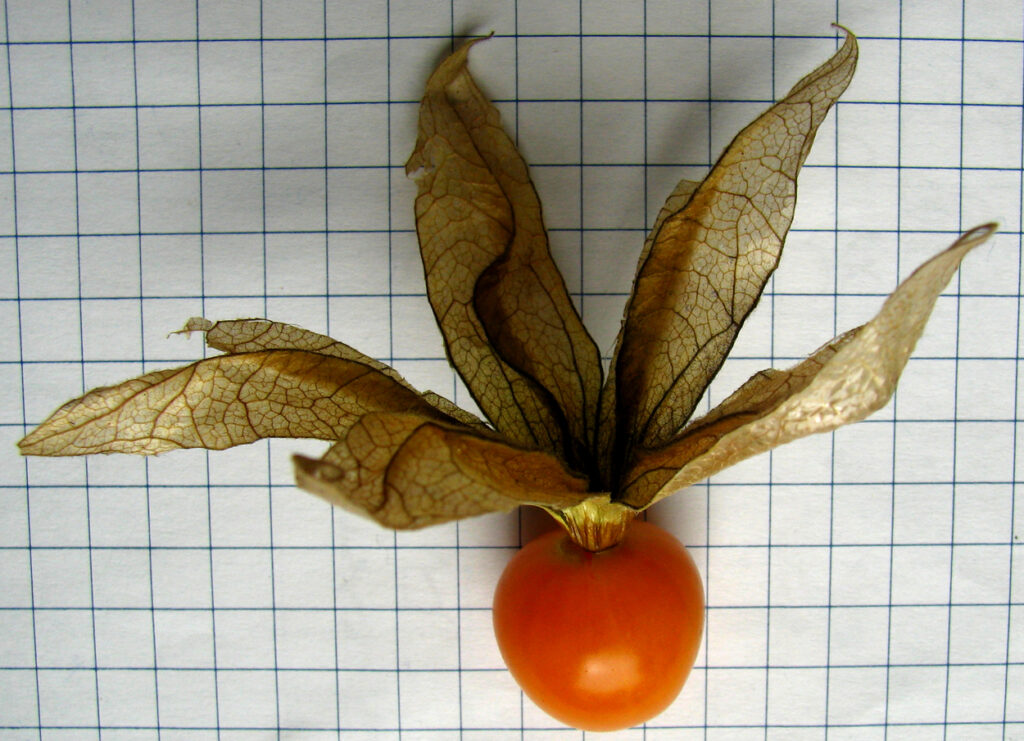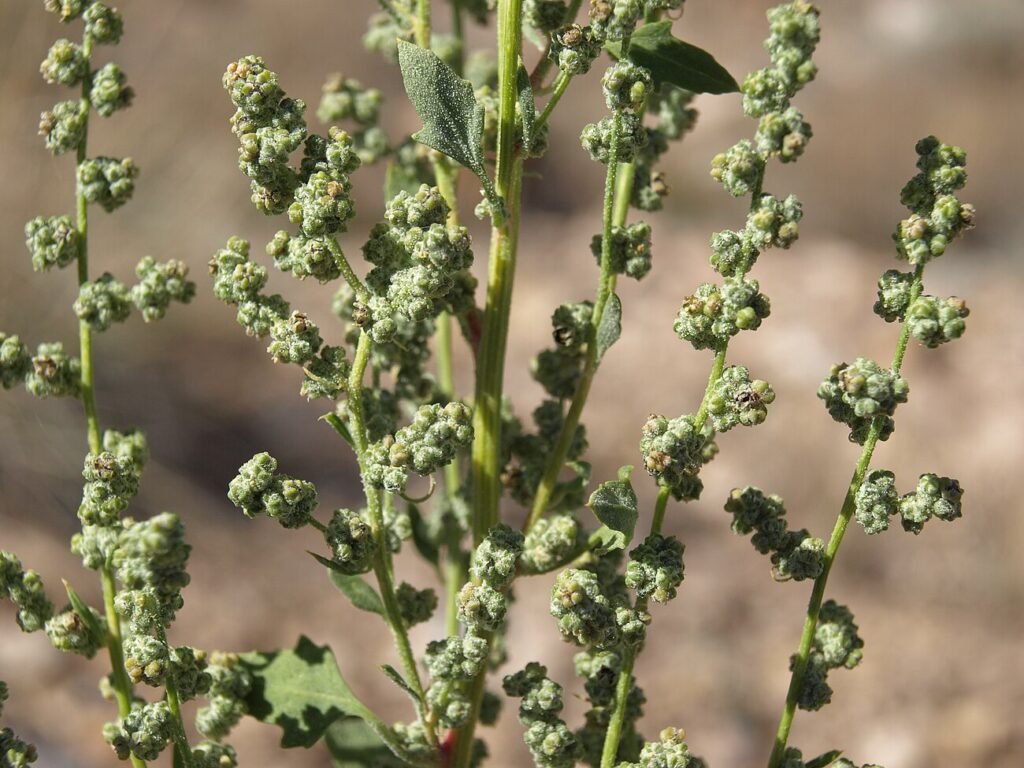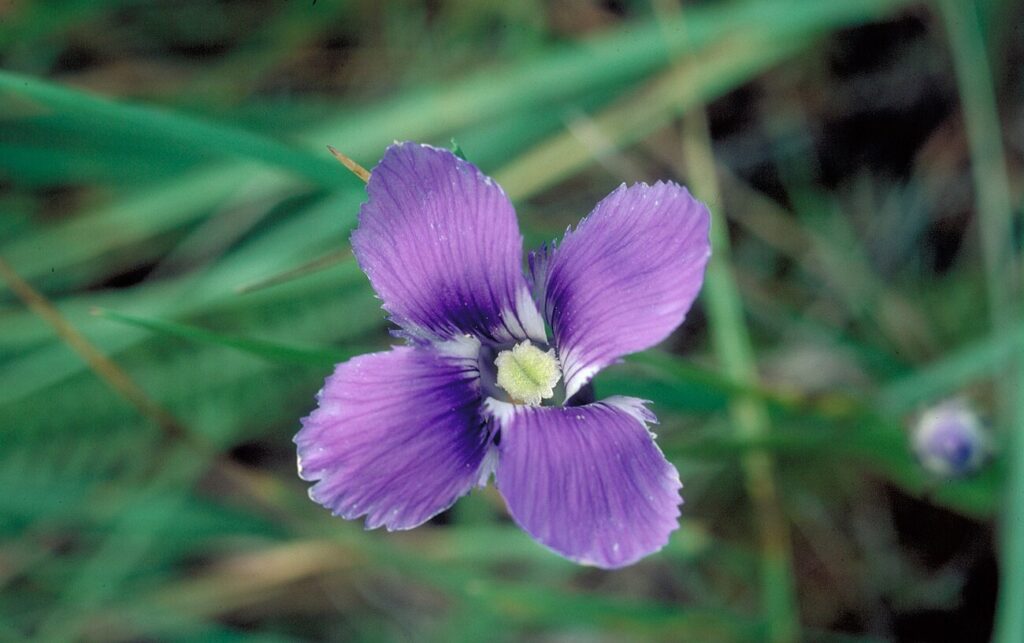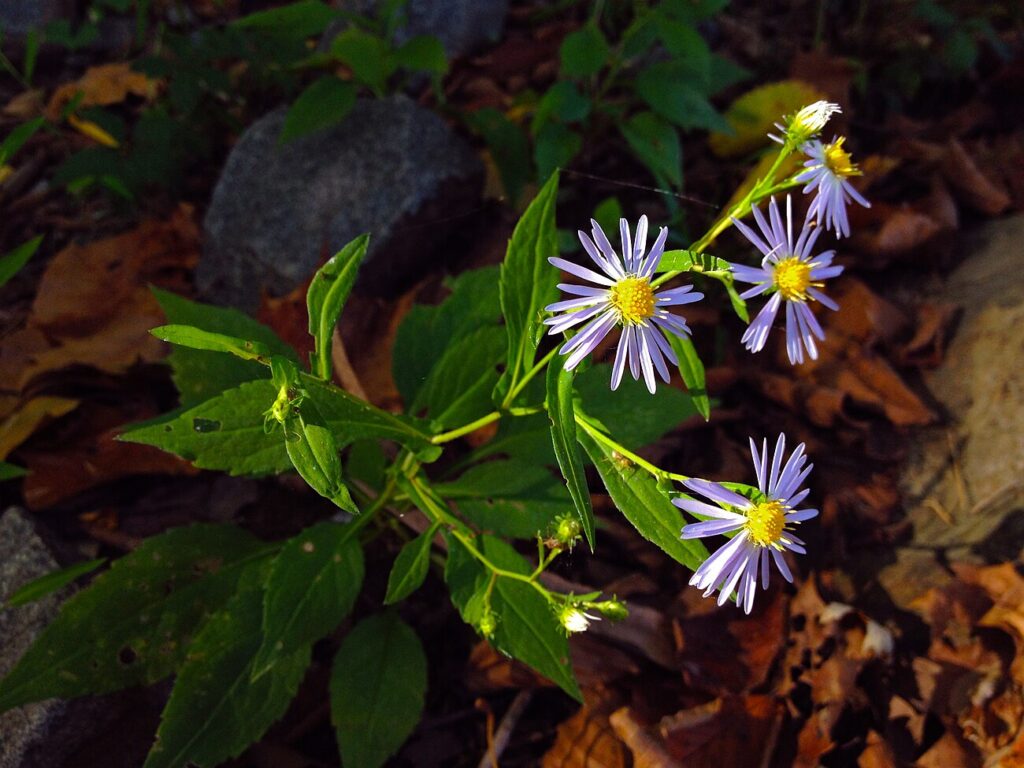Exploring Wonderberry, Sunberry
Scientifically recognized as Physalis heterophylla and classified under Family: Solanaceae, stands out as a distinctive Herbaceous perennial known for its unique characteristics. While it may also be found under other Synonyms, Physalis viscosa, Cape Gooseberry.withSunberry’ (common variety) form. You can use our free plant care app PlantPlants to identify Wonderberry, Sunberry.
Temperature
50 F to 90 F (10 C to 32 C)
Watering
Moderate watering; allow topsoil to dry out between waterings
Fertilizing
Balanced slow-release fertilizer
Sunlight
Full sun to partial shade
Toxicity
Fruits are safe to eat ripe; unripe fruits can be toxic



Appearance and Growth Of Wonderberry, Sunberry
At maturity, this species reaches approximately 1 to 3 feet (30 to 90 cm) tall, presenting Broad, lobed leaves with a slightly hairy texture along with Bell-shaped yellow flowers, small and inconspicuous, followed by Small, round dark purple berries, typically 1/2 inch (1.3 cm) in diameter, enclosed in a paper-like husk. These features are supported by a reliable Fibrous root system, ensuring stability and sustained growth.
Wonderberry, Sunberry Origin and Habitat
Native to Native to North American regions, Wonderberry, Sunberry thrives in Grows in varied soils, often found in disturbed areas at elevations around Grows well at sea level to moderate elevations. Best suited for USDA Hardiness Zone 4 to 9. Whether grown indoor, in a curated garden or a more natural setting, its ecological requirements help maintain its vigor over time.



How to take Care of Wonderberry, Sunberry
Light, Soil and Watering Wonderberry, Sunberry.
You can use our free plant identify app PlantPlants to chose the best spot for Wonderberry, Sunberry, This plant prefers Full sun to partial shade and flourishes in Well-draining loamy or sandy soil with a soil pH of about 6.0 to 7.5.
Wonderberry, Sunberry needs watering,Moderate watering; allow topsoil to dry out between waterings, guided by PlantPlants app, You can get plants daily watering schedule. to maintain Prefers moderate moisture, not soggy, ensure steady hydration. Applying water through Water at the base to avoid foliage wetness supports even distribution and helps prevent overwatering or dryness.
Temperature and Humidity
Wonderberry, Sunberry performs best within 60 F to 80 F (16 C to 27 C). Its ideal growth occurs at around 70 F to 75 F (21 C to 24 C), though it tolerates ranges from 50 F to 90 F (10 C to 32 C). Additionally, maintaining Moderate humidity levels preferred encourages healthy foliage and overall plant vigor.
Fertilization & Soil Health
Feeding with Balanced slow-release fertilizer at the recommended Seasonal Application Frequency on PlantPlants App keeps nutrients balanced. Incorporating Compost for organic enrichment enhances soil structure and fertility, while staying alert to Yellowing leaves, stunted growth helps you adjust care as needed to maintain optimal plant health.
Routine and Maintenance
Regular attention ensures this plant’s beauty and longevity. Late winter or early spring for Remove dead or weak stems, shape the plant tidies its appearance, while Every 2-3 years or when root-bound may be necessary as it grows, requiring a Increase by 1-2 inches in diameter increase and a fresh Potting soil mixed with perlite for drainage. for Staking or Support. Generally does not require staking unless in windy areas.
Seasonal Changes and Propagation of Wonderberry, Sunberry
During Typically dormant in winter, growth may slow and some Little to no leaf drop; color remains during the growing season can occur. For those looking to propagate, consider Seed propagation or stem cuttings and provide Germination temperature around 70 F (21 C), keep moist when starting from seed. If using cuttings, follow Take 4-6 inch cuttings, place in moist soil mix, cover to maintain humidity to ensure successful rooting and healthy new plants.
Pests, Diseases and Prevention
our free plant identify and care app PlantPlants can help you diagnosisWonderberry, Sunberry problems.Though generally robust, keep watch for Aphids, spider mites, whiteflies and remain vigilant against Root rot, powdery mildew. Implementing Regularly inspect plants, maintain air circulation, avoid overwatering and applying Use insecticidal soap for pests, improve drainage for root rot when issues arise will help sustain the plant thriving.
Companions and Uses of Wonderberry, Sunberry
This plant pairs nicely with Tomatoes, peppers, and various herbs and shows May inhibit the growth of some herbs and wildflowers, making it a flexible choice for various Ornamental and edible garden, ground cover.
Edible and Cultural Aspects
the Edible Parts: Ripe berries. Toxicty of Wonderberry, Sunberry, Fruits are safe to eat ripe; unripe fruits can be toxic. learning about its Late summer to early fall; pick when fully dark purple, Used in jams, jellies, or eaten raw; adds a unique flavor, and Rich in vitamins A and C, antioxidants can be intriguing for culinary explorers. Some traditions highlight its Traditionally used in herbal medicine for various ailments, but scientific backing is limited or note its Gained popularity as a garden curiosity and for its unique fruit.
Conservation and Status
With an Not listed, proper Preservation of native habitat; cultivation practices to prevent hybridization
Frequently Asked Questions
1. What is a Wonderberry?
Wonderberry is a type of edible plant from the Solanaceae family, known for its dark purple berries.
2. Are Wonderberries safe to eat?
Yes, ripe Wonderberries are safe to eat, but unripe ones can be toxic.
3. How do I propagate Wonderberries?
You can propagate Wonderberries from seeds or by taking stem cuttings.
4. What type of soil do Wonderberries prefer?
They prefer well-draining loamy or sandy soil with a pH range of 6.0 to 7.5.
5. How much sunlight do Wonderberries need?
Wonderberries thrive in full sun to partial shade.
6. When is the best time to harvest Wonderberries?
They are typically harvested in late summer to early fall when fully dark purple.
7. Do Wonderberries go dormant?
Yes, Wonderberries generally enter a dormant period in winter.
8. How do I care for Wonderberries in the garden?
Provide moderate watering, ensure well-draining soil, and prune in late winter.
9. What pests affect Wonderberry plants?
Common pests include aphids, spider mites, and whiteflies.
10. What culinary uses are there for Wonderberries?
They can be used in jams, jellies, or enjoyed raw for a unique flavor.



